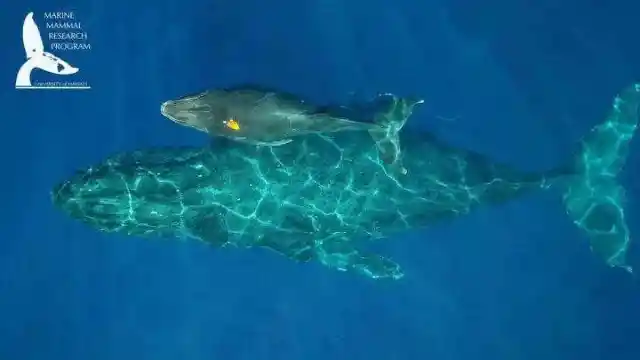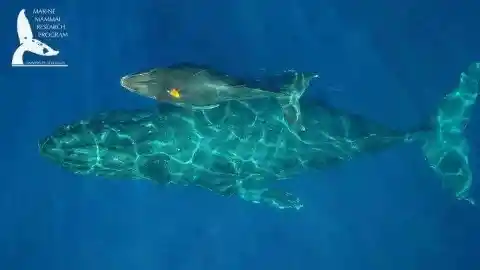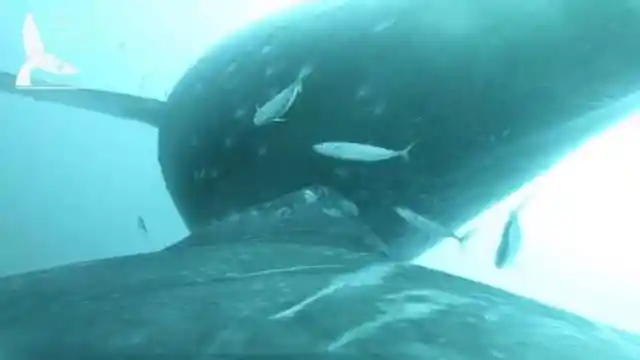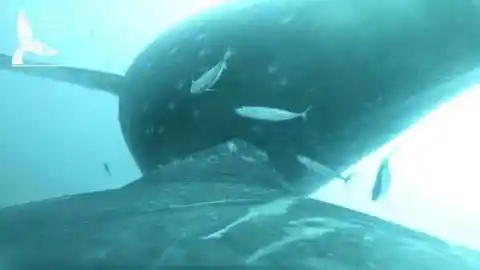In a period of time where many humans are cooped up at home, using the time we have available to learn seems wise. It’s a big reason why we are seeing many people take their time to learn about things like aquatic life –, especially whales. Well, for anyone who is passionate about the whale community, have you ever seen a humpback whale up-close and personal? Ever seen them interact with their children?
Now you can. Thanks to a special set of cameras set up by the University of Hawai’i at Manoa’s Marine Mammal Research Program, or MMRP, we are able to see this closer than ever before. Some special feature footage of humpback whales helping their little calves survive is footage that has never really been captured before. By working with the Goldbogen Lab at Stanford University’s Hopkins Marine Station and the Friedlander Lab at the University of California, we’ve got some truly special footage to look back on and discover.


This special footage has shown us just what whales go through on a regular basis. We know that around 10,000 humpback whales made a 3,000-mile journey from their Alaskan feeding grounds to their Hawaiian homes each year. To help understand their behavior, the trio of experts has founded forces to give us never-before-seen access to these amazing creatures in action.
By using non-invasive suction cup tagging, they were able to tag onto seven humpback whale calves. This gave us the chance to follow their activity by using various accelerometers, depth sensors, and acoustic recording systems. They provided vital data on the breathing patterns of a whale, and also gave great details from the footage taken from each camera.
Whale Calves as They Have Never Been Seen Before
The “Whale-Cams” provided some inspiring footage, unlike anything that most of us will have seen before. It shows the whale calves hanging around the milk taken from the feeding glands of the whale, with some fish hanging around to pick up anything that was not taken by the calves. This helps us to understand the frequency and the duration of a nursing session.


Speaking in a statement about their findings was MMRP Director Lars Bejder, who said: “We can actually see what these animals are seeing and encountering and experiencing themselves.
“It’s quite unique and rare footage that we’re obtaining, which is allowing us to quantify these nursing and suckling bouts that are so important.”
Bejder and co. have a history of finding some amazing footage of these special animals, and we can now add this spectacular new range of discoveries to the list of special footage that they have helped to produce time and time again. For those of us who are stuck inside, footage like this can be just the inspiration that you need to really see the world from a new range of perspectives post-lockdown.